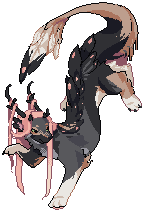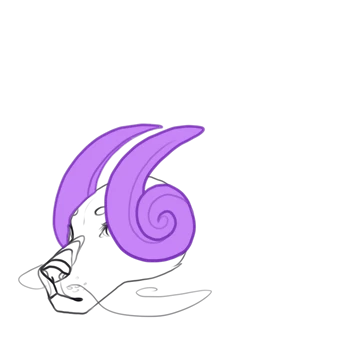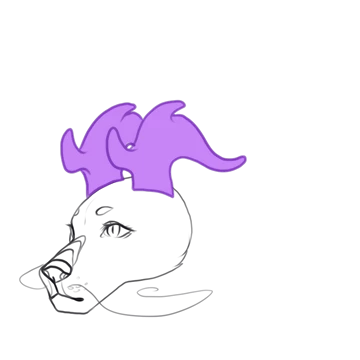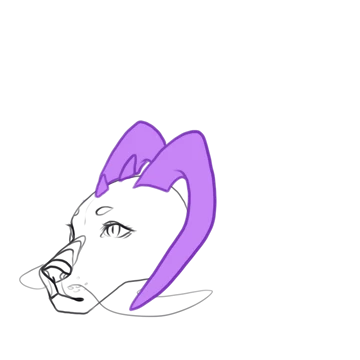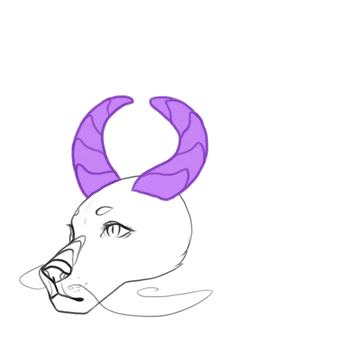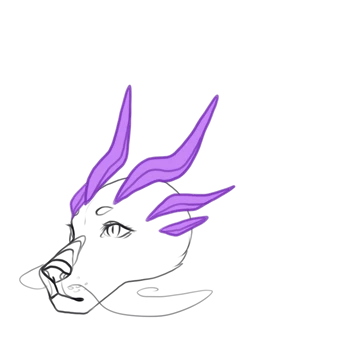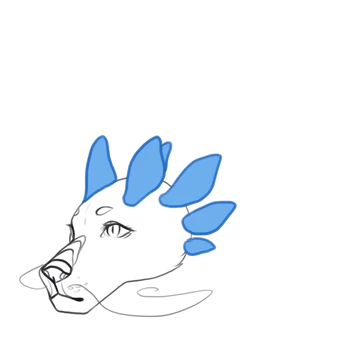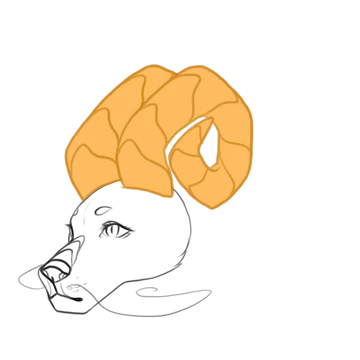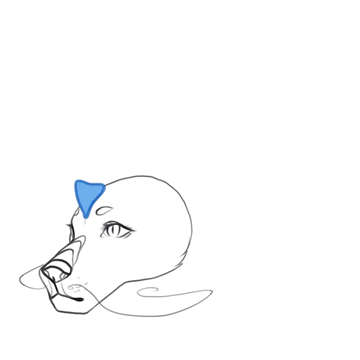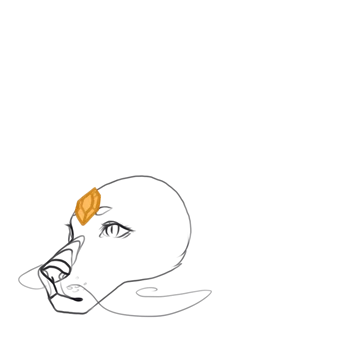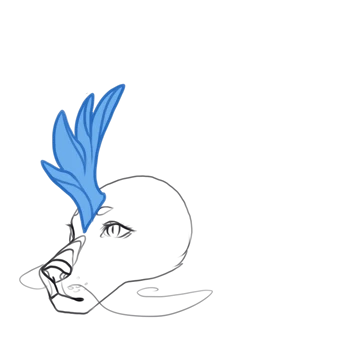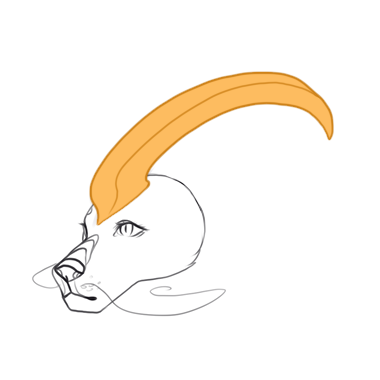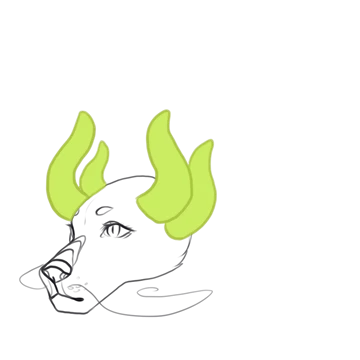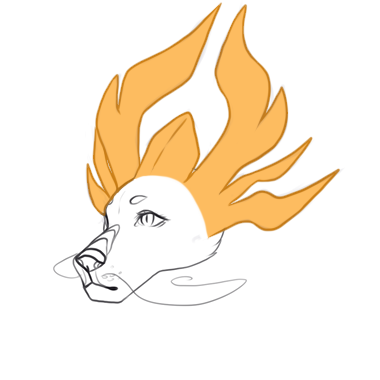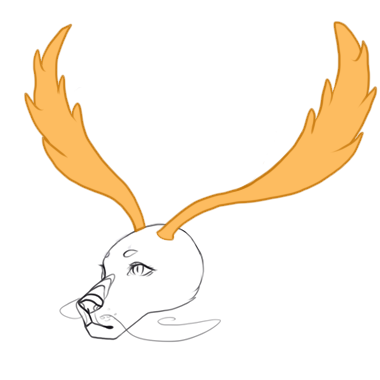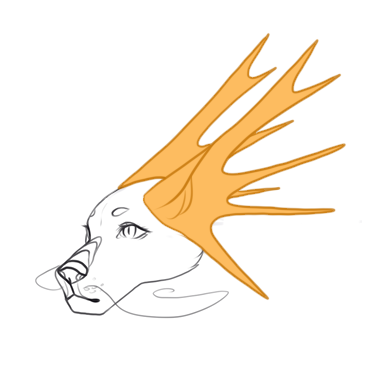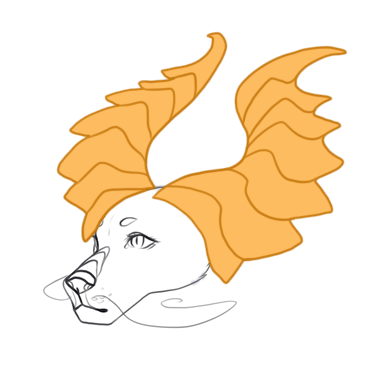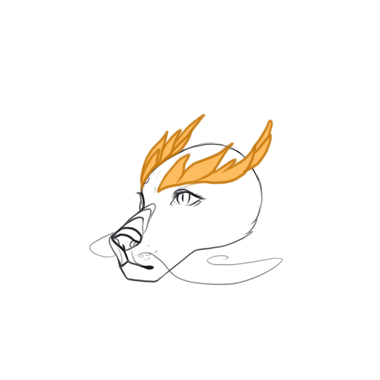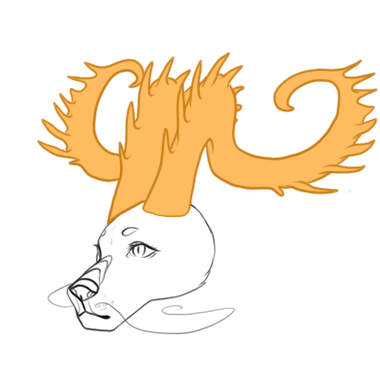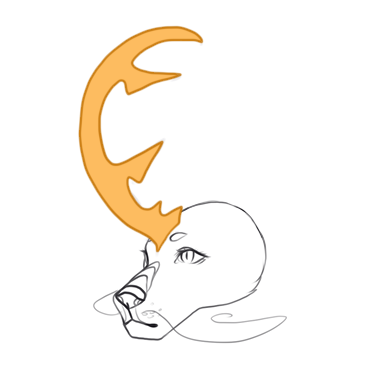Traits
Para Horn
Category: Horns
Species: Shiji-Long
A thick, round horn that grows from the middle of the forehead to the back. Like one of a parasaurolophus.
Throne Horns
Category: Horns
Species: Shiji-Long
Big horns with multiple branches. They resemble a throne. These branches are mostly flat.
Branch Horns
Category: Horns
Species: Shiji-Long
These horns are giant. They start thin and get wider, like a club with spikes, by the end of them.
Fork Horns
Category: Horns
Species: Shiji-Long
The horns have spikey points and start right above the ears usually.
Elder Horns
Category: Horns
Species: Shiji-Long
Big, spiky horns that first go up and back and then go sideways in a circle. The spikes are only on one side of the horns: On top and on the outside.
Cresent Horn
Category: Horns
Species: Shiji-Long
A big flat horn that looks like a scythe. It has a few spikes on the inside.
542 results found.
